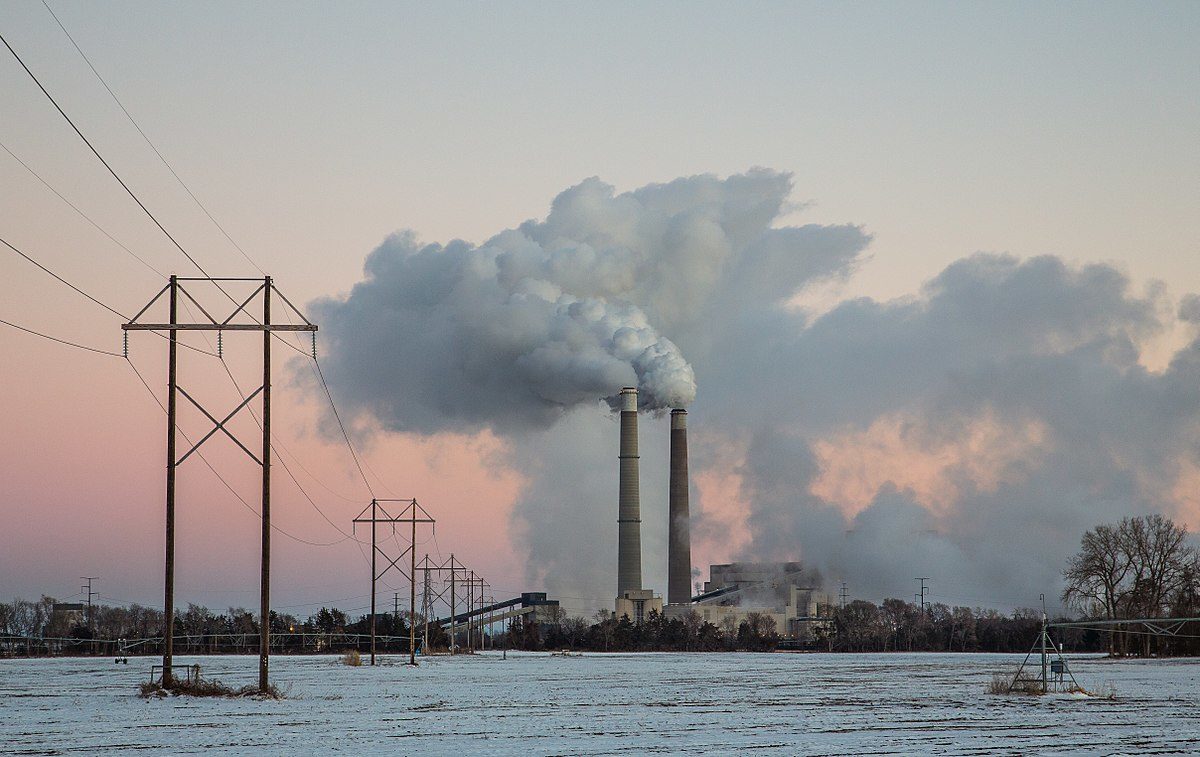To solve the climate crisis, we need an investment revolution: Decarbonizing our entire economy by 2050 will require two things:
1. Massive investments and innovation in areas like electrification, affordable long-term energy storage, and regenerative agriculture.
2. Investors patient enough to allow these investments to pay off.
 Source: World Economic Forum, Bloomberg New Energy Finance
Source: World Economic Forum, Bloomberg New Energy FinanceEven the world’s top coal exporter is struggling to make money from burning the fuel: Australia’s coal power plants, which make up more than half of the nation’s generation mix, are facing increased pressure as rooftop solar hollows out daytime demand. That could mean early closures among the country’s aging fleet, giving energy planners the tricky task of ensuring energy security while replacing the steady, predictable flow of power with more variable renewable generation. A surge in new wind and solar capacity is driving wholesale electricity prices as low as $29 per MW-hr in some parts of the network — in many cases lower than it costs the plant to buy its coal. Almost one in four Australian households has panels. Australia’s coal fleet is mostly owned by the country’s three big power companies: AGL Energy, Origin Energy and EnergyAustralia. Source: Bloomberg
Notice of Funding Availability: The Washington D.C. Department of Energy & Environment DOEE seeks an eligible nonprofit organization to operate a year-round solar photovoltaic systems installation and job training program for underserved and underemployed District residents, ages 18 and over, and transition participants to more sustainable opportunities in the solar and related industries. The funding available for the project is up to $1,030,000 for one year. Obtain a copy of this RFA by mailing a request to solarworksdc2020@dc.gov with “Request copy of RFA 2020-2024-EA” in the subject line. Source: DOEE
NextEra’s FPL plans to propose a $65 million pilot project that will use unneeded solar energy to produce 100% green hydrogen through a 20-MW electrolysis system: Already the self-proclaimed ‘world’s largest generator of renewable energy’ with more than 17 GW of wind and solar generation in North America, the company is now dabbling in hydrogen energy. During the company’s second-quarter earnings call, senior executives said that they are taking a ‘toe-in-the-water’ approach, as they did with solar and battery storage, to green hydrogen. Source: RTO Insider
This content is protected by copyright and may not be reused. If you want to cooperate with us and would like to reuse some of our content, please contact: editors@pv-magazine.com.








Hydrogen gas along with Oxygen gas is created through elecrolysis and both can be re-combined in Fuel Cells so this is another form of energy storage that is green. With sea water being used and fresh unsalted water a byproduct of the fuel cell or burning of the hydrogen, we can also have another sourse of fresh water. With sea level rise, there will be no shortage of sea water.